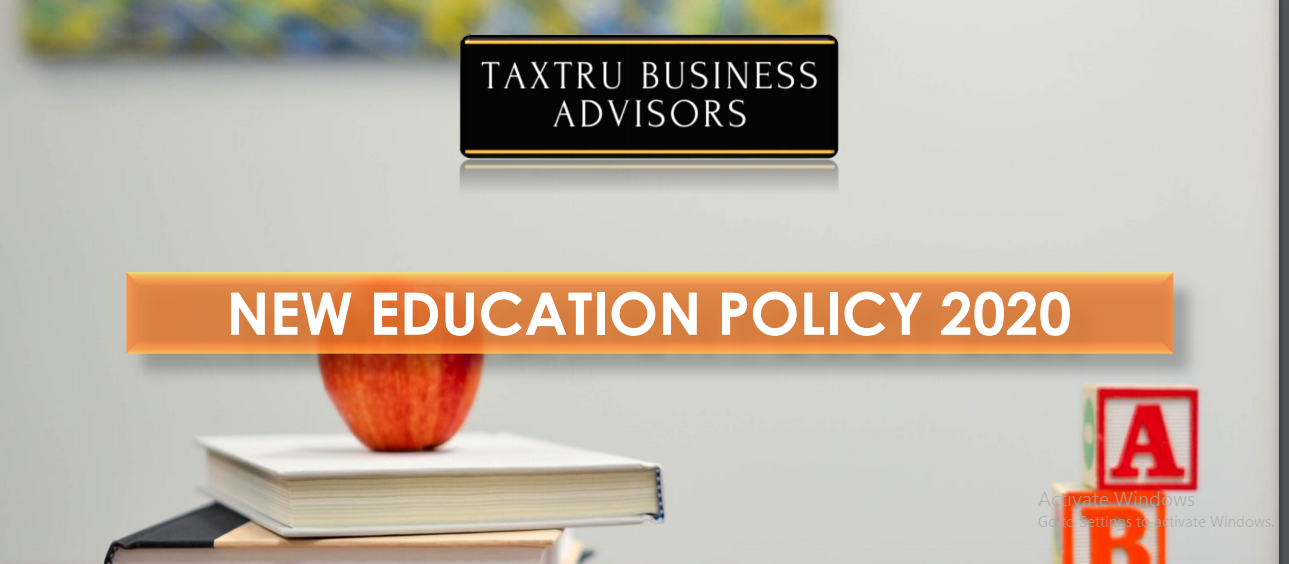New Education Policy 2020
Table of Contents
New Education Policy 2020
Compendium
- The Union Cabinet approved a new “National Education Policy on July 29, 2020” after the 34-year gap.
- The National Education Policy, 2020 is meant to provide an overarching vision and comprehensive framework for both school and higher education across the country.
- The new NEP, approved by the Cabinet, has not been presented in Parliament.
- It is the first Education policy formulated by a BJP government and the first in the 21st century.
- It is only a policy, not a law; implementation of its proposals depends on further regulations by both States and the Centre as education is a concurrent subject.
Education Laws
Constitutional Provisions
- Part IV of the Indian Constitution, Article 45 and Article 39 (f) of Directive Principles of State Policy (DPSP), has a provision for state-funded as well as equitable and accessible education.
- The 42nd Amendment to the Constitution in 1976 moved education from the State to the Concurrent List.
- The education policies by the Central government provide a broad direction and state governments are expected to follow it. But it is not mandatory.*
- The 86th Amendment in 2002 made education an enforceable right under Article 21-A.
*For instance Tamil Nadu does not follow the three-language formula prescribed by the first education policy in 1968.
Right to Education History
Constitutional Background
• Originally Part IV of Indian Constitution, Article 45 and Article 39 (f) of DPSP*, had a provision for state-funded as well as equitable and accessible education.
• The first official document on the Right to Education was Ramamurti Committee Report in 1990.
• In 1993, the Supreme Court’s landmark judgment in the Unnikrishnan JP vs State of Andhra Pradesh & Others held that Education is a fundamental right flowing from Article 21.
• Tapas Majumdar Committee (1999) was set up, which encompassed the insertion of Article 21A.
• The 86th amendment to the constitution of India in 2002, provided the Right to Education as a fundamental right in part-III of the Constitution.
• The same amendment inserted Article 21A which made the Right to Education a fundamental right for children between 6-14 years.
• The 86th amendment provided for follow-up legislation for Right to Education Bill 2008 and finally Right to Education Act 2009.
*Articles 36-51 under Part-IV of Indian Constitution deal with Directive Principles of State Policy (DPSP). They are borrowed from the constitution of Ireland which had copied it from the Spanish Constitution.
• The RTE Act aims to provide primary education to all children aged 6 to 14 years and It enforces Education as a Fundamental Right (Article 21).
• The act mandates 25% reservation for disadvantaged sections of the society where disadvantaged groups include: SCs and STs, Socially Backward Class, and Differently abled.
• It also makes provisions for a non-admitted child to be admitted to an age-appropriate class.
• It also states that the sharing of financial and other responsibilities between the Central and State Governments. Further, It lays down the norms and standards related to: Pupil Teacher Ratios (PTRs), Buildings and infrastructure, School-working days And Teacher-working hours.
• It had a clause for “No Detention Policy” which has been removed under The Right of Children to Free and Compulsory Education (Amendment) Act, 2019.
• It also provides for prohibition of deployment of teachers for non-educational work, other than decennial census, elections to the local authority, state legislatures and parliament, and disaster relief.
• It provides for the appointment of teachers with the requisite entry and academic qualifications.
• It prohibits physical punishment and mental harassment, Screening procedures for admission of children, Capitation fee, Private tuition by teachers and Running of schools without recognition
• It focuses on making the child free of fear, trauma, and anxiety through a system of child-friendly and child-centered learning.
Outcomes of NEP 1986
- Sarva Shiksha Abhiyan
- Mid Day Meal Scheme
- Navodaya Vidyalayas (NVS schools)
- Kendriya Vidyalayas (KV schools)
- Use of IT in education
Main Features of NEP 2020
School Education
- Universalization of education from preschool to secondary level with 100% Gross Enrolment Ratio (GER) in school education by 2030.
- To bring 2 crores out of school children back into the mainstream through an open schooling system.
- The current 10+2 system to be replaced by a new 5+3+3+4 curricular structure corresponding to ages 3-8, 8-11, 11-14, and 14-18 years respectively.
- It will bring the uncovered age group of 3-6 years under the school curriculum, which has been recognized globally as the crucial stage for the development of mental faculties of a child.
- It will also have 12 years of schooling with three years of Anganwadi/ pre-schooling.
- Class 10 and 12 board examinations to be made easier, to test core competencies rather than memorized facts, with all students allowed to take the exam twice.
- School governance is set to change, with a new accreditation framework and an independent authority to regulate both public and private schools.
- Emphasis on Foundational Literacy and Numeracy, no rigid separation between academic streams, extracurricular, vocational streams in schools.
- Vocational Education to start from Class 6 with Internships.
- Teaching up to at least Grade 5 to be in mother tongue/regional language. No language will be imposed on any student.
- Assessment reforms with 360-degree Holistic Progress Card, tracking Student Progress for achieving Learning Outcomes
- A new and comprehensive National Curriculum Framework for Teacher Education (NCFTE) 2021, will be formulated by the National Council for Teacher Education (NCTE) in consultation with the National Council of Educational Research and Training (NCERT).
- By 2030, the minimum degree qualification for teaching will be a 4-year integrated B.Ed. degree.
Read & Download the full copy in pdf:
 TaxTru Business Advisors
TaxTru Business Advisors
Consultants








